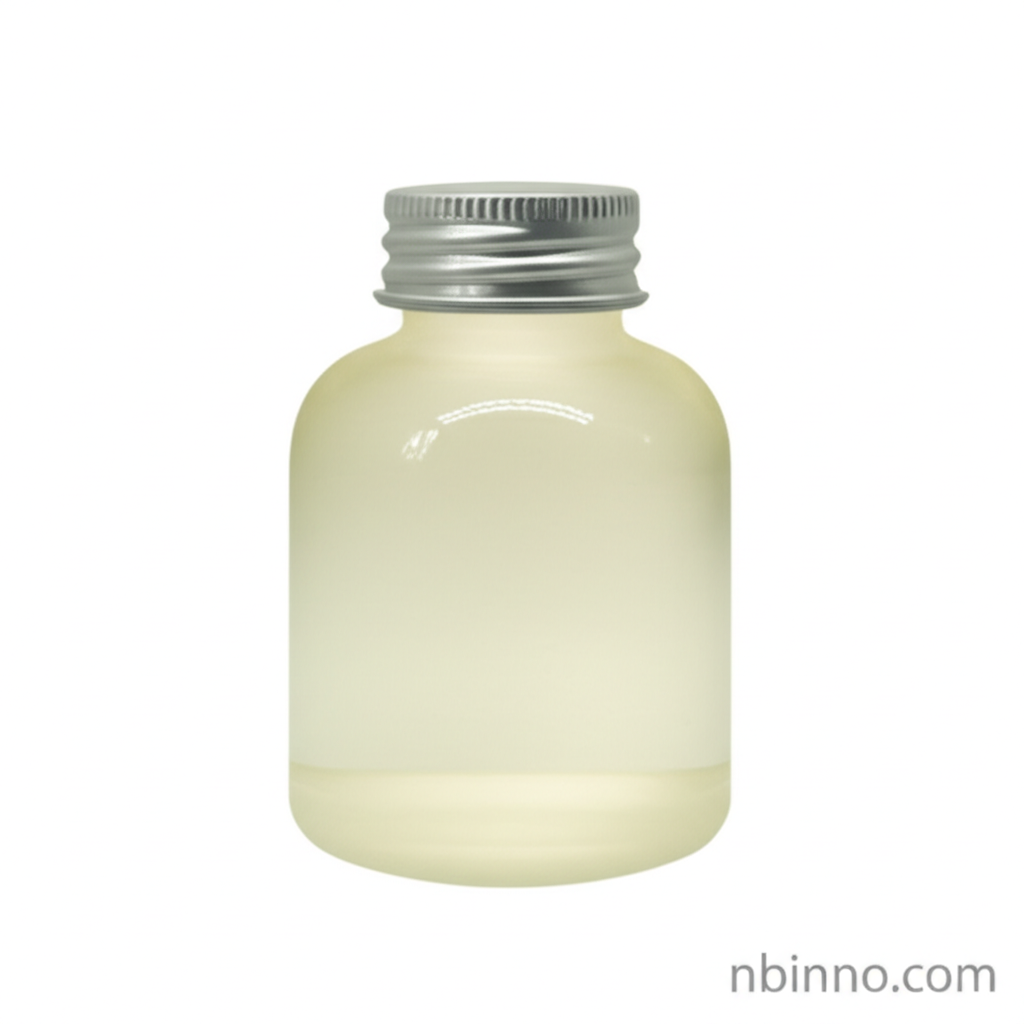1,3-Difluorobenzene: A Versatile Intermediate for Pharmaceuticals, Agrochemicals, and Advanced Materials
Discover the critical role of 1,3-difluorobenzene in driving innovation across key industries. Explore its applications, synthesis, and properties.
Get a Quote & SampleProduct Core Value

1,3-Difluorobenzene
As a leading supplier in China, we offer high-purity 1,3-difluorobenzene, a crucial building block for complex organic synthesis. Its unique chemical structure makes it invaluable for creating advanced molecules in pharmaceuticals, agrochemicals, and materials science, enhancing product efficacy and performance. We are a reliable manufacturer committed to quality and consistency.
- Synthesis of fluorinated medicines like Fluconazole is a key application for 1,3-difluorobenzene. Leveraging its structure, we ensure high purity for sensitive pharmaceutical development.
- The utility of m-difluorobenzene in agrochemical synthesis, including compounds like Flucycloxuron and Diflubenzuro, highlights its importance for crop protection solutions.
- Exploring the uses of 1,3-difluorobenzene in advanced materials, particularly liquid crystals, demonstrates its versatility beyond traditional chemical intermediates.
- Understanding the chemical properties of 1,3-difluorobenzene is vital for optimizing synthetic routes for a wide range of industrial applications.
Advantages Driven by the Product
Enhanced Chemical Reactivity
The strategic placement of fluorine atoms in 1,3-difluorobenzene significantly influences its reactivity, making it an ideal starting material for precise organic synthesis, contributing to efficient synthesis of fluorinated compounds.
Crucial for Pharmaceutical Development
As a key pharmaceutical intermediate, 1,3-difluorobenzene enables the creation of active pharmaceutical ingredients (APIs) with improved efficacy and stability, supporting the development of novel drugs.
Versatility in Material Science
Its application extends to materials science, where 1,3-difluorobenzene contributes to the development of advanced polymers and liquid crystals, offering unique thermal and chemical stability properties.
Key Applications
Pharmaceutical Synthesis
The use of 1,3-difluorobenzene as an intermediate for drugs like Fluconazole showcases its critical role in the pharmaceutical sector for creating effective treatments.
Agrochemical Production
In the agrochemical industry, 1,3-difluorobenzene is essential for synthesizing pesticides, contributing to global food security and efficient pest management strategies.
Liquid Crystal Materials
Its incorporation into liquid crystal materials highlights the compound's contribution to the advancement of display technologies and electronic components.
Research and Development
1,3-difluorobenzene is actively used in scientific research, enabling studies on chemical behavior and the synthesis of novel compounds with potential therapeutic or material properties.
